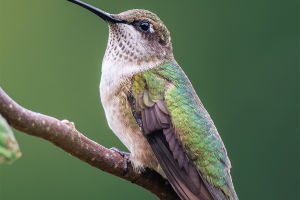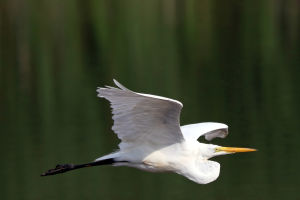Lake Clark National Park, located in southwestern Alaska, USA, was established to preserve the beauty of the landscape.
Lake Clark National Park Natural Reserve contains a wide variety of typical ecosystems, and in 1980, the area passed the Alaska National Attractions Conservation Act, making it another national park in the state of Alaska.
A trip to Lake Clark National Park will allow visitors to appreciate the beauty and grandeur of Alaska's unspoiled landscape.
In addition, visitors will be able to appreciate the efforts of conservationists. The heart of Lake Clark National Park is the famous Lake Clark.
Lake Clark is 64 kilometers long and 8 kilometers wide and has a stunning blue color.
Its miles of shoreline offer many opportunities for photographers to capture beautiful moments.
Lake Clark is also known as the "Source of Alaska", which shows the importance of Lake Clark to the State of Alaska.
The park covers an area of 16,000 square kilometers and is dominated by mountains, lakes, canyons, coast, and tundra, with wildlife including moose and black bears.
The park is home to two active volcanoes, named Iliamna and Ridout, which are over 3,000 meters above sea level and about 56 kilometers apart.
The main attractions are Lake Clark and the Lake Clark Corridor.
Lake Clark, 64 km long and 8 km wide, has a stunning blue color and, together with nearby Lake Iliamna, constitutes the world's largest sockeye salmon refugium.
And the endless wilderness of the Lake Clark corridor is constantly changing into a fascinating landscape.
Between the majestic and rugged mountains, the blue glaciers run through the canyons.
In Lake Clark National Park, beside Lake Clark, there are also Emerald Lake and Lake Teliguana.
So if the lakes themselves are not unique enough, perhaps the wildlife here can attract your attention.
British photographer Doug Merrick spent two weeks in Lake Clark National Park in Alaska, USA, capturing two young brown bears playing, fighting for food, and showing brotherly love.
The two young bears came together to feed at the lake, providing a great opportunity for photographers to get up close with the wild bears.
Doug Merrick spent two weeks in Silver Salmon Creek observing two playful bear cubs, capturing them and practicing the feeding skills they learned from their mother during the salmon breeding season.
Merrick is 75 years old this year, and it has been his lifelong pursuit to photograph brown bears. This time, he finally got his wish.
After arriving in Soldotna, Alaska from the UK, Merrick landed on the beach at Silver Salmon Creek in another private jet.
Silver Salmon Creek is a famous vacation spot for fishing, bear watching, and wildlife photography.
Merrick even climbed up to a few feet from two cubs.
The wild brown bear population exceeds 200,000. Adult brown bears stand up to 10 feet tall and weigh more than 100 rocks.
Merrick plans to return to Lake Clark National Park next June when it is mating season for wild brown bears.
We expect him to take breathtaking photos of brown bears!


